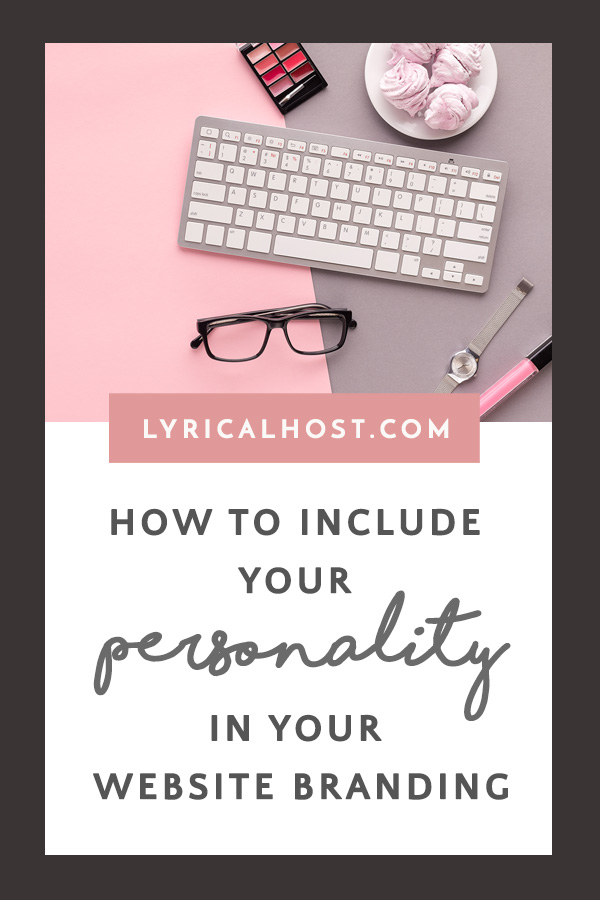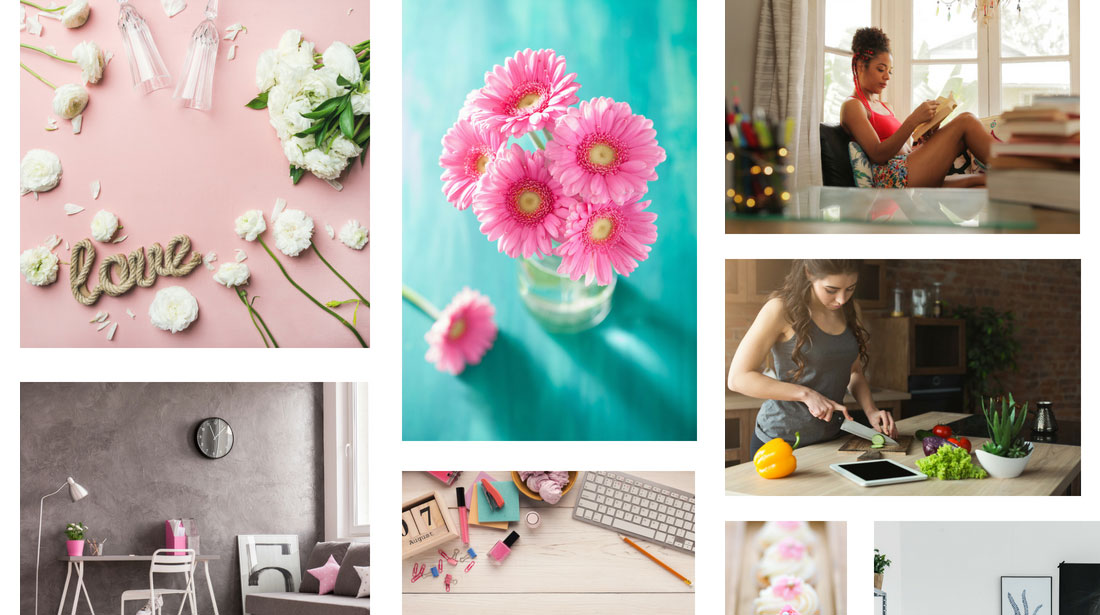This is a guest post by Annie Chopra, an author and entrepreneur. She specializes in the fields of content creation and marketing and is currently running digital media brand She TheQueen to empower women across the globe. Annie loves to travel, read, and write.
Whether you run a hotel business or a clothing line, having a website is essential to your product and/or service. A website helps you find your customers, connect with your audience and create brand loyalty. Your website’s branding, therefore, is a very important factor in your overall business.
Branding basically defines who you are to the external eye and is what they remember you as when talking about your business to their peers. This post aims to help you understand how to include your personality in your website’s branding, keeping it both real and professional. Get ready to experiment with your options, create some brand boards and explore your branding possibilities!
Currently reading: How To Include Your Personality In Your Website's Branding Click To Tweet
During the initial stages of brand creation or if you are rebranding, it is important to understand how much of “you” needs to be present in front of the audience. Lately, many more businesses, have realized that having a human touch and adding your personality to your website has many benefits, especially in terms of marketing. This is why you see Netflix and Taco Bell spend so much time on their social media accounts.
So, how can you include your personality in your website’s branding? Here are some things to look at.
1. Understand your target audience
When it comes to entrepreneurs most businesses start because of our personal belief systems and the stories we want to tell. But, that is not always the case. So, if you are a female health activist who runs a fast food business your audience probably won’t understand your perspectives on food. More so, it can be chaotic to showcase your personality in this scenario. You could still, however, be subtle and talk about workout on your website and maybe use green colors in the background (we talk more about this in another point). Understanding your target audience will help you a lot with the next step.
2. Define how much “you” you want to show
The most important step to adding your personality into your brand is to understand how much “you” needs to be shared through your business. Now that you know your target audience you probably have a small idea of what needs to be done. Define whether you want to be the main face of your business or just a part of it. Will your customers be looking at your personal profile when they go through your social media and website? Or will you be hiring brand ambassadors? This is important because the people associated with your business need to stay consistent with your branding, and therefore, your personality.
3. Create boundaries between the personal and professional
If you do decide that you are the main face of your business and that whenever people think of your brand they instantly think of you, boundaries need to be set. Your business is its own entity and you really don’t want people confusing it with you. At the end of the day, you want people who visit your website to buy your product. Therefore, understand that professional boundaries need to be set. For instance, your audience doesn’t need to know your take on every political campaign. However, at times your brand needs to set a definite image of who and what your values are. Take for example Vogue and other media websites reposting the term “Believe women” during the Kavanough case.
4. Use voice and tone effectively in blogs
Okay, so now that you are fully aware of where your personality needs to be in your website’s branding, you have to practically add it in. An easy way to do that is by adding your personal voice and tone into your blogs. For instance, I run She TheQueen magazine, the voice and tone of the magazine is extremely sassy as well as friendly. I want people to know that I am a Queen and not a mean girl. Through our articles we make sure women see us as supportive but also raise an eyebrow every once in a while. Remember that this will require a guideline for integration if you will have multiple writers.
5. Use colors and minor details for major effects
If you are hoping to showcase your personality in a more subtle manner you can use color and images that represent your personality in your website. If you are a healthy person you can use colors like green and brown to show your food choices. If you are a girly person but your
website is neutrally attracting both genders maybe use purple and not pink. Colors are the easiest way to bring in a pop of your energy into your website and they go a long way.
6. Use photography and social media to your benefit
Images can really highlight your personality in your website’s branding. Are you a photographer? Maybe you want to use your own original photos in blog posts. Are you an artist? Make your Instagram feed very aesthetically pleasing even if you are not running an artistically specific business. Also, remember to keep your social media tones and moods in sync with your website, it shouldn’t look like there are two different people talking. Social media is also a great way to show your personality as you can share some anecdotes of your life through stories and posts.
7. Stay consistent
Much like what was mentioned in the previous point, your audience should know who they are talking to and always feel like it’s not completely different people. Obviously, all the people in your team (if you are not a solopreneur) have a different personality, yet, there needs to be
consistency between what you show on your website and what customer service professionals demonstrate on chat. Also, if you are going through a phase, don’t let it be shown through your website’s branding, it might confuse your customers. Stay consistent and the audience will be able to embrace your personality through your website’s branding.
It’s important to not lose ourselves while running a business and a website. Having your personality in your website’s branding helps you remember who you are and what you want to achieve. It also gives a human factor to your brand. When women read She TheQueen I want them to feel safe but also to help them question themselves, my personality is practical but empathetic, therefore, my website is doing what I do when talking to people in real life. Staying connected with your audience via your branding also really helps motivate you to keep working. So, play around and find out what works best for you, your business and of course, your audience.
Pin this post for later:





No Comments